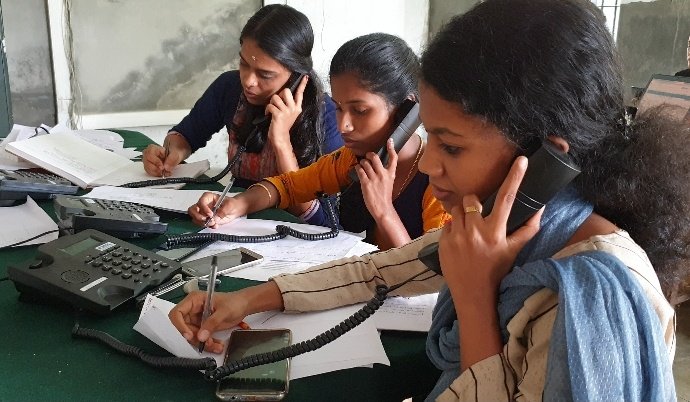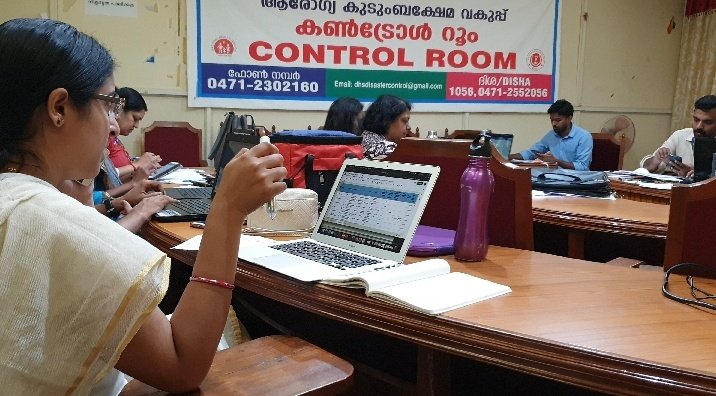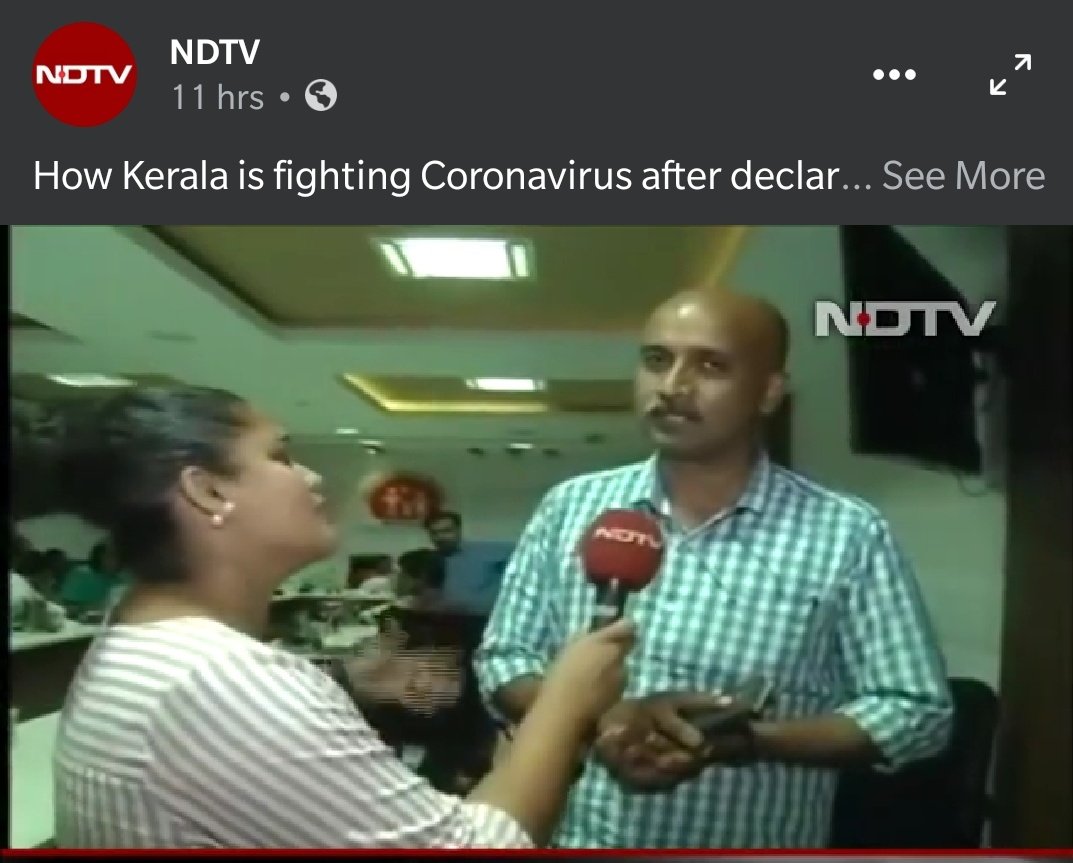We must take care of ourselves so that we can take care of others.
#COVID19 #PPE #medtwitter
1/
2/
Of the cases, 44% in Toronto and 18% in Taiwan were in healthcare workers.
ncbi.nlm.nih.gov/pmc/articles/P…
3/

These are so-called "aerosol-generating" procedures.
4/
RR, 13.29; 95% CI, 2.99 to 59.04; p = 0.003
atsjournals.org/doi/full/10.11…
6/
Clearly, there are opportunities for transmission in the ICU that are not being identified.
7/
This population was not in the ICU but rather on an inpatient ward.
ncbi.nlm.nih.gov/pmc/articles/P…
8/
Unadjusted odds ratio 2.42 to 20.54, p < 0.05
A notable finding was that N95 versus surgical mask usage was not significant between controls and cases.
9/
High-risk was deemed to include intubation, respiratory suctioning, cardiopulmonary resuscitation...
Odds ratio of 1.22 (0.45 to 3.14), p 0.8061
10/
This happened during cardiopulmonary resuscitation of a SARS patient.
ncbi.nlm.nih.gov/pmc/articles/P…
11/
Her PPE included gown, gloves, safety glasses, face shield, shoe cover, hair cover, and N95 respirator.
12/
Her PPE included all the PPE of ICU RN2.
13/
One of the KEY TAKEAWAYS here is that the N95 respirators were NOT fit-tested.
15/
ncbi.nlm.nih.gov/pmc/articles/P…
16/
18/
Spoiler alert: another N95 that wasn't fit tested.
ncbi.nlm.nih.gov/pmc/articles/P…
19/

ncbi.nlm.nih.gov/pubmed/31135389
19/

More importantly, I hope this reminds us about the importance of taking care of each other.
20/














